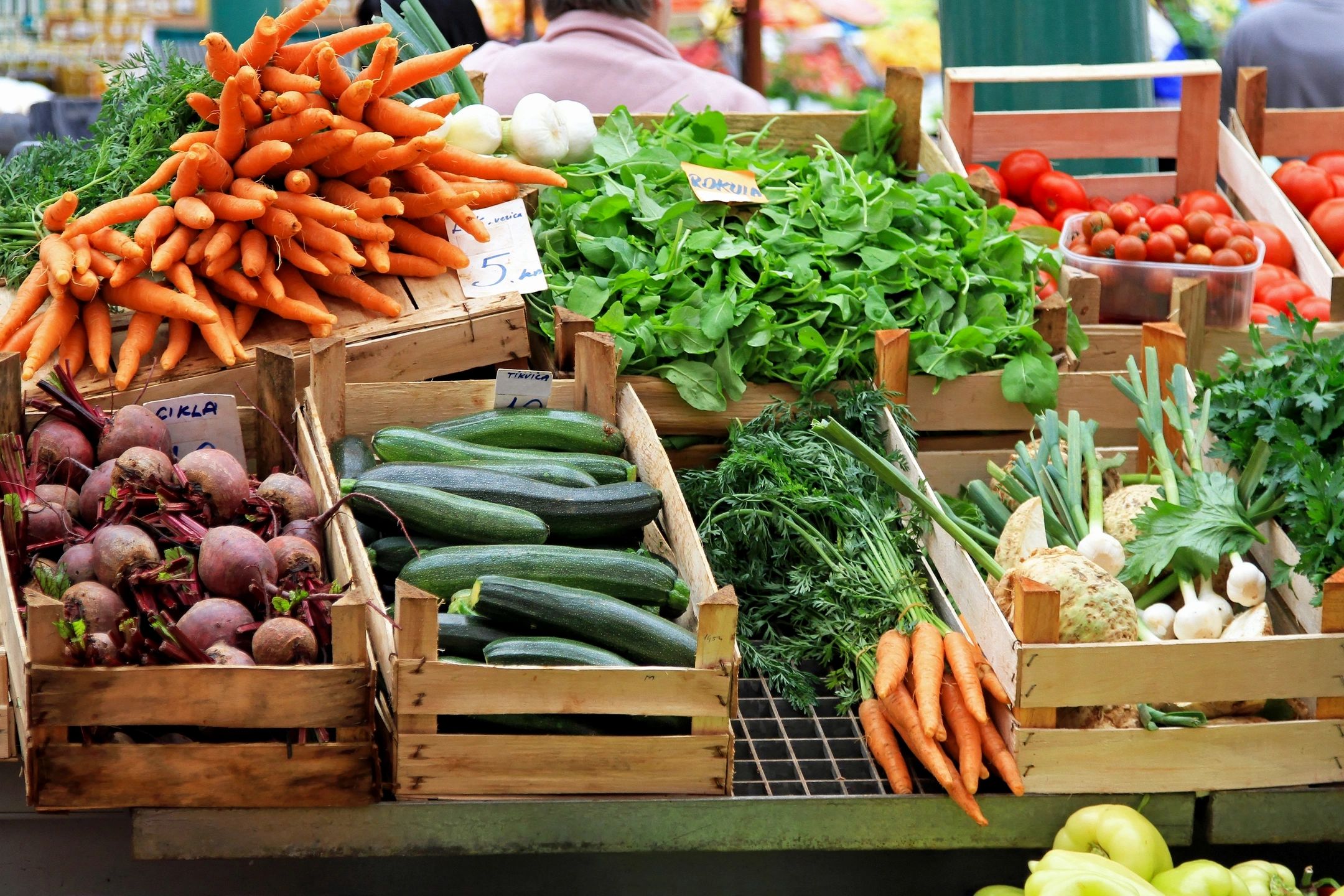Barbara Kingsolver wrote in her book Animal, Vegetable, Miracle: Most of the fruits and vegetables needed a passport to get to your plate.
Yikes… we can do better than that!
It is my intent with this series of articles to not only guide you for eating seasonally but to try your best to get local or regionally grown plant foods. And do this recipe free!
I have nothing against recipes but one does need to learn how to be innovative and serendipitous when cooking out of the garden or what is staring at you from the fridge or purchased at the farmers market.
This is a great time of year to begin exploring your options at local farmers’ markets, farm stands and businesses which support this philosophy. We shall begin with a family called cucurbits. In that vast group we at this time of year in our climate are enjoying all sorts of summer squash, zucchini and cucumbers along with cantaloupe and watermelon. Once frost arrives in the fall, all these tender plants are finished producing for the season. Eat now while the fresh getting is good!
 Let us start with yellow summer squash. One can do a few or a slew of squash, depending upon your cast iron skillet size. If you do not have a well-seasoned skillet, begin the search for one ASAP: in preparing vegetables it is imperative! A non-stick skillet will do for now. My cast iron skillet is 12 inches in diameter and is used daily.
Let us start with yellow summer squash. One can do a few or a slew of squash, depending upon your cast iron skillet size. If you do not have a well-seasoned skillet, begin the search for one ASAP: in preparing vegetables it is imperative! A non-stick skillet will do for now. My cast iron skillet is 12 inches in diameter and is used daily.
Heat your skillet over medium-high and add the fat of your choice: oils from olive, coconut or avocado, grass-fed butter or ghee. Pour a thin veil of oil, just enough to ensure a little coverage. You have already chopped up the squash into bite-size pieces along with a chopped onion if you like onion. Omit if you are not a fan. Once the oil and pan are shimmering hot, toss in the onion, if using, and then the squash. Once things get popping, turn the heat to medium. The idea is to caramelize the squash to bring out the summer sweetness. Add some salt and pepper, and keep a spatula turning the goodness for 15 minutes or more. There are a lot of additions one could do but this is really all about simple… let the caramelized squash be the queen of the show!
Once you have this pan-searing down, try some of the other unique summer squashes you might find. We have to get diversity in our diets plus support local farmers to grow interesting foods!
Now on to zucchini: these ‘boats’ have been a staple in our household for decades. I use a convection oven for baking mine but my mentor who taught me this used a microwave. You just need intense heat.
One 8 inch zucchini should be just right for a single serving. And it does not hurt to have leftovers. Slice the zucchinis, how many you decide to bake, lengthwise in half… thus the boats. Make some scores/slices in the cut side so the oil can seep in … I suggest olive but use your favorite. Place the boats in a Pyrex baking dish or something similar. Place the dish in baking appliance of choice on high heat [400] and bake for 30-40 minutes. I do not use a microwave so you get to figure the timing out for that. Once a sharp knife can easily slide into the flesh, salt and pepper lightly and sprinkle with a sharp, unprocessed cheese or a vegan parmesan. If you are a fan of garlic then one can add either powder or a finely chopped clove on each boat. Return the zucchini to the heat for a few minutes to let the latest additions sink into the soft zucchini flesh. Enjoy!
Last cucurbit is the cucumber. The trick here is to slice see-through-thin cucumber slices, either using a mandoline, the slicer on a box grater or have patience with a very sharp knife. If your cucumber is seedy remove the seeds as they will be bitter. Many growers are now growing a variety of seedless cucumbers along with pickling cucumbers and these do not need to be peeled. These work better than those cucumbers called slicers. Once you have a good pile of slices, place in a colander or strainer and lightly salt, give a stir to distribute the salt, then allow the juice to drip into a bowl for 30 minutes or more. This creates a real crisp slice. While the cucumber is dripping, create a nice sauce: select the thick yogurt of your choice, Greek or vegan , and to a good amount of the yoghurt add some finely grated garlic and fresh or dried dill if you like dill. Just prior to serving mix the cucumber and the dressing. You might recognize this as Tzatziki and it is similar, just simpler. The cucumbers are the main character here.
Now the next 2 cucurbits, cantaloupe and watermelon, do not need any guidance for serving: just slice and savor!
OK … one food group that does need a passport are the oils. Quality organic oils are created abroad, but I do use a California olive oil. The oils from the seeds grown in this country not healthy:
Enjoy the summer season with the marvelous cucurbits we have before us. Next article? The nightshades!






